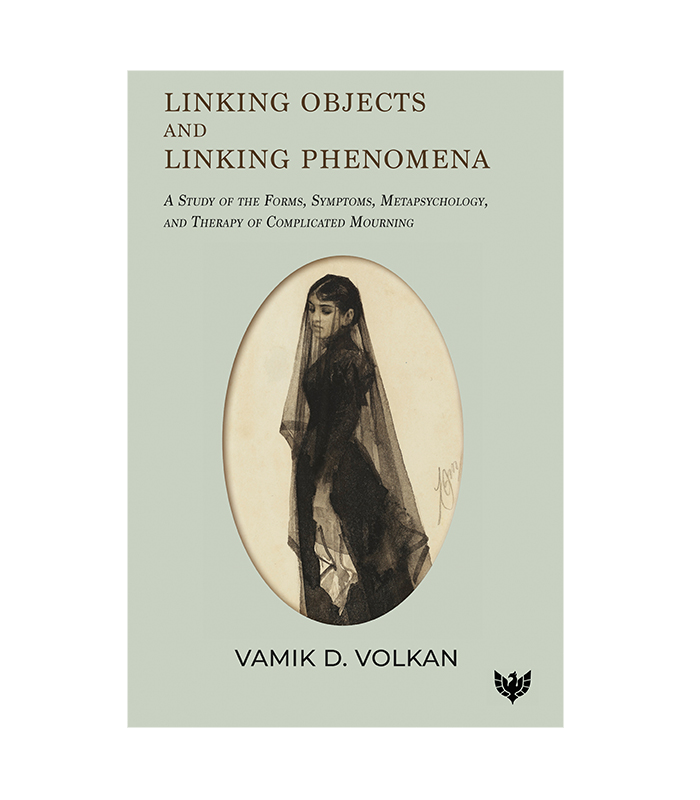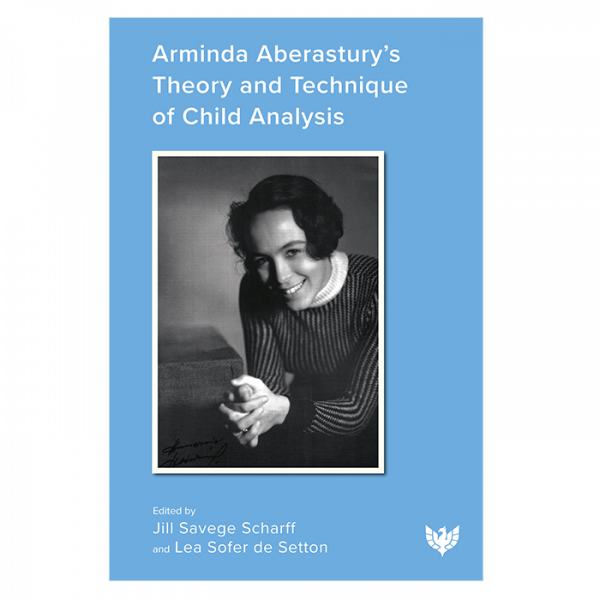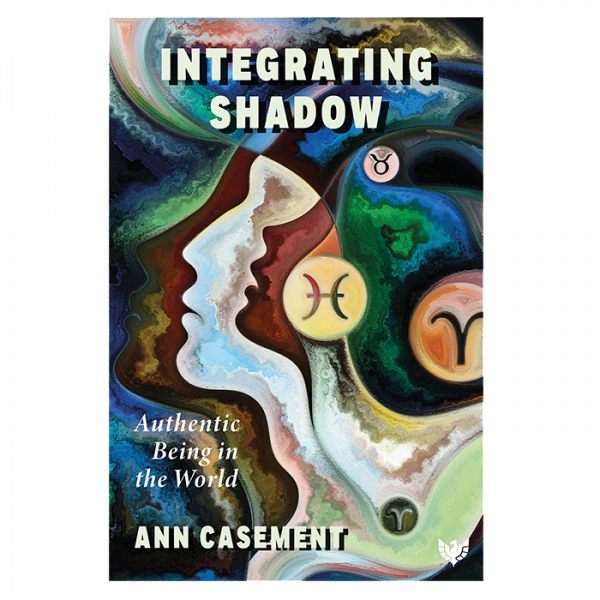Vamık Volkan brings a breadth of theory, academic rigor, and clinical study to the subject of ‘complicated mourning.’ He focuses on the, at times, bizarre ways in which bereaved persons maintain contact with the dead by means of inanimate objects or psychic phenomena invested with magical powers, which he calls ‘linking objects’ and ‘linking phenomena.’ For these individuals, their mourning reproduces the same ambivalence that characterized their lifetime relationships with the deceased and they simultaneously long for and dread a return from the grave. The linking object or phenomenon enables the mourner to maintain the illusion of external control over the dead person and extends the mourning process indefinitely.
Volkan carefully distinguishes this ‘established pathological mourning’ from neurotic depression and normal mourning. Grief in itself is not a mental disorder and he provides original contributions to our understanding of grieving, from both a phenomenological and metapsychological point of view. Volkan introduces his clinical research, describes helpful exercises and psychotherapeutic techniques, and offers examples of a revolutionary brief psychotherapy called ‘re-grief therapy.’ Continuing case studies bring the rich theory to life, including illuminating clinical illustrations of the ‘replacement child,’ and demonstrate the effectiveness of psychoanalytic treatment. On the theoretical side, Volkan compares linking objects with transitional objects, fetishes, talismans, and inanimate objects considered magical by psychotics.
Linking Objects and Linking Phenomena is a seminal work on the subject of mourning which decades on from its original publication continues to give practicing clinicians, academics, and trainees much to ponder, assimilate, and put to technical, theoretical, and practical use.






M. Gerard Fromm, Ph.D., Distinguished Faculty Member, Erikson Institute, Austen Riggs Center; Fellow, American Board and Academy of Psychoanalysis –
‘Linking Objects and Linking Phenomena is a classic of the clinical psychoanalytic literature on pathological mourning. Vamık Volkan’s diagnostic distinctions and grief therapy innovations have helped innumerable patients over the years. But why now reissue this book? Could it be that, with so many losses all around us – and so many efforts to compensate for them in destructive ways – there are truths in this book to be re-learned and developed for our time? In his later work with groups in conflict, Volkan describes “chosen trauma” – the way that historical trauma shapes large-group identity toward future disaster – as an “infection of the mourning process.” Is it time now to look again at the dynamics of pathological mourning, writ large in our current era, and to mine this book for insights that might help both our patients and our communities?’
Jose Fernando Muñoz Zúñiga, neuropsychiatrist and psychoanalyst; Associate Editor, Neuropsychoanalysis –
‘In a time when neuroscience is finally catching up with the study of the grieving brain, Dr. Volkan’s classic work with patients suffering from pathological mourning is more relevant than ever. Concepts like the “linking objects,” which unconsciously keep the mental representation of the lost person alive, or the notion of “perennial mourners” unable to resolve their ambivalence to the lost person, are important for the understanding and treatment of complicated mourning. A future neuropsychoanalytic comprehension of the pain over the loss of our loved ones requires an examination of its impact on both our brain and soul.’